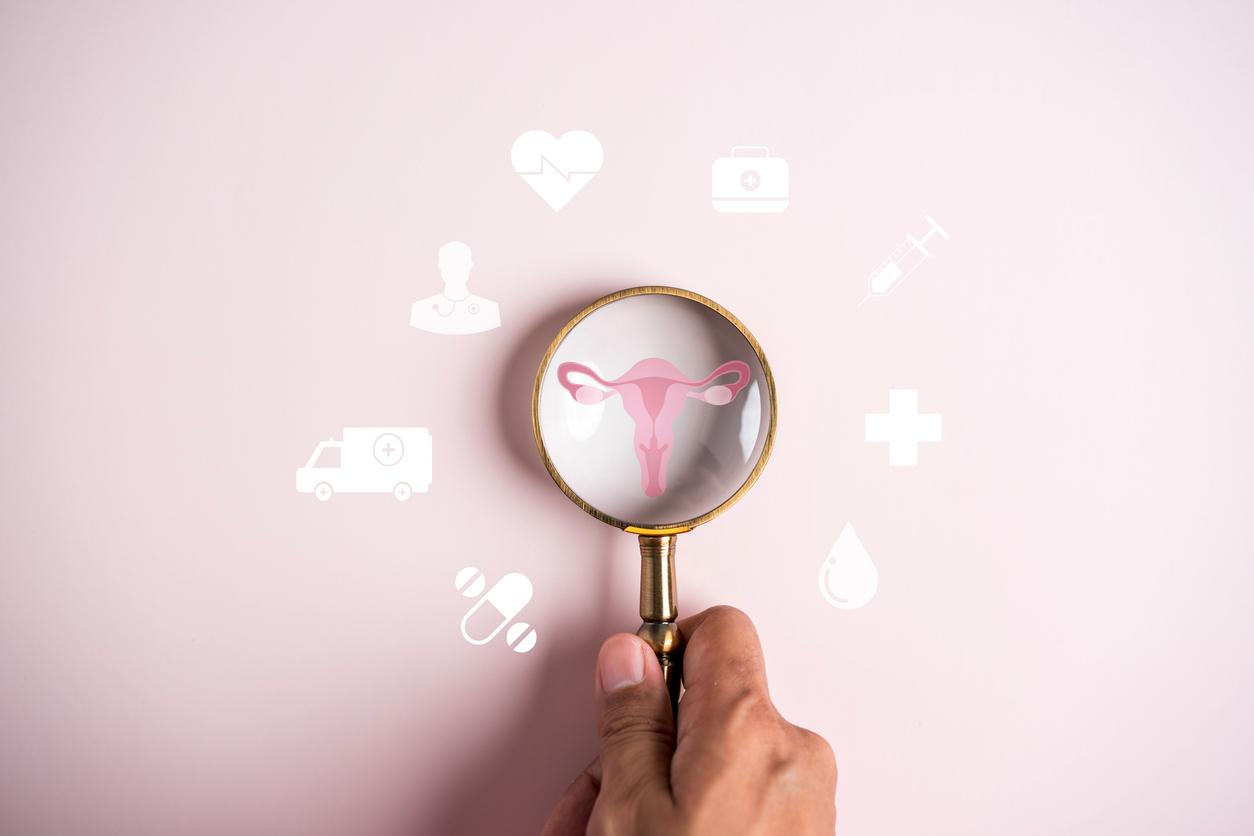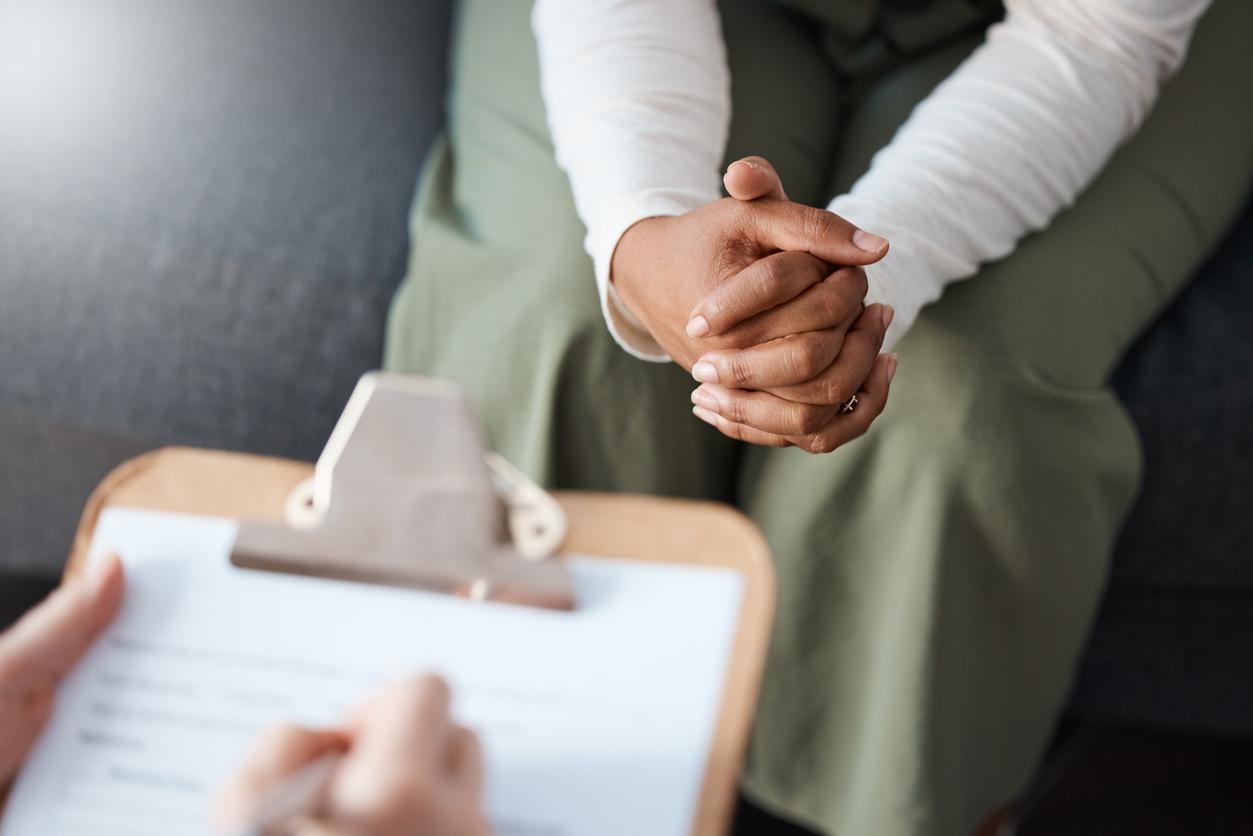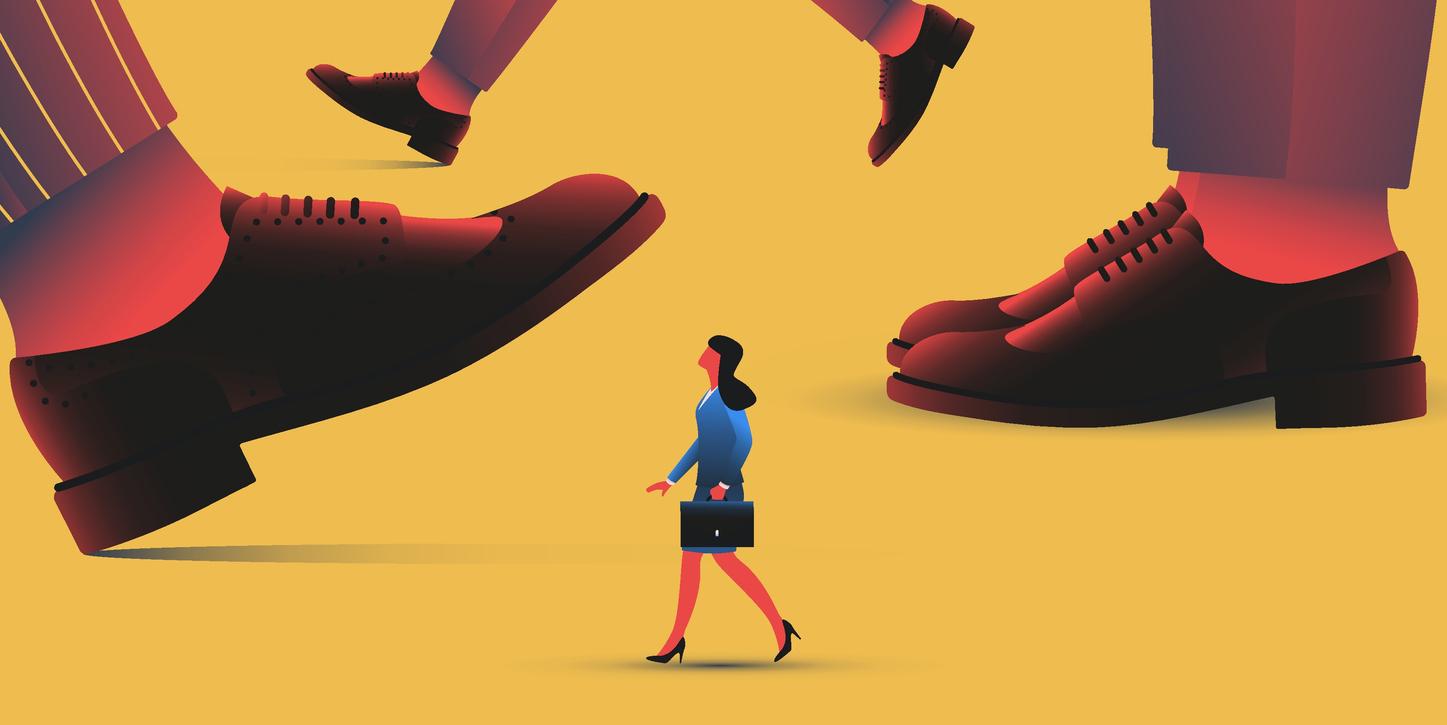Victims of sexual harassment would be listened to more when they fit into the feminine clichés conveyed by pop culture and society. In other words, the more attractive a woman appears, the more her statements will be taken seriously, the less “feminine” she is, the more her testimony will be called into question.
-1610727631.jpg)
- The most stereotyped women are the most credible when they talk about their sexual harassment.
- The less a woman submits to the clichés conveyed by society about femininity, the more her word will be questioned.
We live in a world built on appearances. These injunctions, which are much more restrictive for women than for men, encourage individuals to comply with a norm in order to be accepted by society. In a study, researchers looked at the perception of women in society and the credit they could have.
It turns out that women who are sexually harassed are more likely to be believed if they are seen as “attractive” and look and act feminine. This conclusion comes from a study conducted by researchers from the universities of Washington, Wisconsin and Princeton (USA). Thus, beauty and the rules that govern its social acceptance would be considered as determining criteria for judging the veracity of a person’s statements. This tendency to minimize the credibility of a testimony if it comes from a victim judged negatively on purely aesthetic criteria shows how much culture impacts our perceptions. The results of this work were published on January 14, 2021 in the Journal of Personality and Social Psychology.
Beauty as a criterion of reliability?
Researchers engaged more than 4,000 people to answer three critical questions: who are the victims of sexual harassment, what constitutes harassment, and how harassment complaints are viewed. The experiments largely consisted of written scenarios and digitally manipulated portraits.
The researchers’ scenarios are inspired by the different ways in which, according to psychologists, sexual harassment can manifest: coercion, with an expectation of counterpart; unwanted, unrequited advances; and sexual harassment, characterized by hostile comments and behavior linked to a person’s gender. For example, in one scenario, a supervisor puts his hand around an employee’s waist, while in another, a supervisor asks about an employee’s boyfriend. Some scenarios were clear and flagrant violations of the law, others were fairly benign, and still others were relatively vague.
For this study, the researchers assumed that more women than men experience sexual harassment. To define the “prototypical” appearance of a woman, researchers have based themselves on stereotypical characteristics conveyed by pop culture and society: young, feminine, conventionally attractive, and even weak and incompetent. In order to materialize their statements, some participants were asked to draw a woman who has been harassed. Most of the women drawn took up the stereotypes linked to the representation that people have of a “real” woman.
According to the results, women who conform to stereotypes of femininity are more likely to be harassed. The study also showed that women who are not subject to these socially determined norms—researchers call them “non-prototypical” women—are more likely to be perceived as not being harmed by harassment. Clearly, the association between sexual harassment and prototype women is so strong that the same woman may be perceived as more prototype when people are told that she is a victim of sexual harassment.
Questioning of speech
“The consequences of this phenomenon are very serious for women who are not represented as faithfully as a victimsays Bryn Bandt-Law, a graduate student in psychology at the University of Washington and one of the main authors of the study. Non-prototype women are neglected in ways that could contribute to their discriminatory treatment under the law; people think they are less credible — and less harmed — when they make a claim, and think their abusers deserve less punishment.”
His colleague, Chery Kaiser, lead author of the study and professor of psychology at the University of Westphalia, agrees. “When you perceive harassment, you also make a connection with femininity, but the way we understand femininity is very narrowly defined. So for anyone who doesn’t fit that definition, it’s hard to make a connection to bullying.”
Female stereotypes that govern a woman’s credibility are also modified based on ethnicity, sexual orientation and gender identity. So, given that white women are perceived as “prototype women,” researchers are currently studying whether black women are perceived as less credible and less victims of sexual harassment. “If we have skewed perceptions of harm for non-prototypical women, it will dramatically change their legal outcomes.laments Bryn Bandt-Law. If we don’t believe them, we actually silence them.”
A change began a few years ago with the #MeToo movement, initiated by American activist Tarana Burke. This global protest movement was triggered by the case of Harvey Weinstein, a film producer accused of rape, sexual assault and harassment. Since then, women have brought to light the failings of our society and the difficulties they experience on a daily basis in a world where men, because of their social status or the influence they may have over them, have visibly decided to disrespecting them.
.















